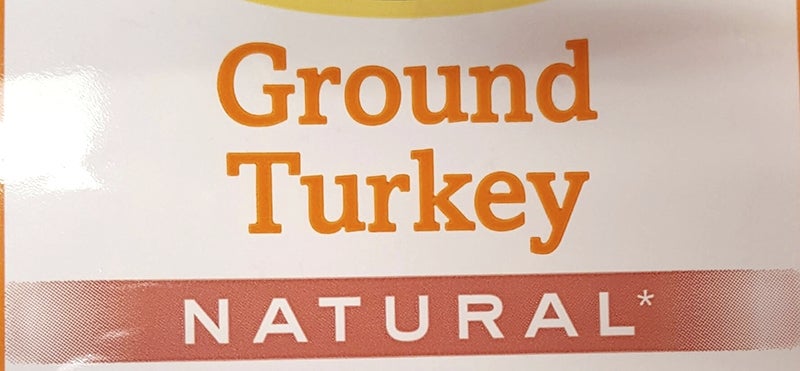Sorting out what those food labels mean
Published 12:00 am Tuesday, May 9, 2017
By Morgan Watts
Rowan Cooperative Extension
Anytime you take a trip to the grocery store, there are always decisions to make. Should I buy this or that? What brand?
Well, the same thing happens when you go to buy meat. There are a lot of different labels on meat now to help you pick out the type you may be interested in. With all of these labels, sometimes there is a misconception that goes along with them.
I am going to break down the differences in the more common labels we see in the grocery store and some misconceptions that go along with them.
Free range (no legal or regulated definition) — Free range just means that the producers must allow the birds to have access to the outside. It doesn’t say how big an area, what type of area, or how long they must have that access. This type of situation varies from farm to farm.
Cage free (no legal or regulated definition) — This term is usually applies to laying hens. This just means that the hens are raised outside of a cage. They are normally still kept inside a chicken house; this does not imply that the birds have access to the outside.
Crate free (no legal or regulated definition) — This can be a very confusing term. There are two different types of crates used in hog production, gestation crates and farrowing crates. If a product is labeled gestation crate free, that doesn’t mean that is was raised completely crate free; it still could have been in a farrowing crate or vice versa. This does not imply that the hogs are raised outside or even have outside access.
No hormones added (definition by USDA Food Safety and Inspection Service) — Hormones are not allowed in raising hogs or poultry. Therefore, this statement cannot be added to a product without the statement, “Federal regulations prohibit the use of hormones,” following it.
Natural (definition by USDA Food Safety and Inspection Service) — A product containing no artificial ingredients or added color and only minimally processed. The label must state which one of those it is referring to. Natural label only refers to how an animal is processed; it has nothing to do with how it was raised. The animal may still have received antibiotic growth hormones or been raised in confinement.
Locally grown (No legal or regulated definition) — Agriculture products and food are produced, processed, and sold within a certain region. Individuals can define and regulate the term based on their own mission. This can be defined by distance, state border or regional boundaries.
Organic (definition by USDA Food Safety and Inspection Service) — Organic production limits the use of chemicals, pesticides, hormones, antibiotics and other inputs. It does not state how much space the animal needs or if they must have outside access. “Organic” can be broken down into many different pieces.
- 100 Percent Organic — All ingredients must be certified organic and the processing aid must be organic.
- Organic — All agriculture ingredients must be certified organic, but it’s allowed up to a combined 5 percent of non-organic content.
- “Made With” Organic — At least 70 percent of the product must be from certified organic ingredients.
If you have any questions about these labels or would like to discuss a label that is not mentioned, please contact Morgan Watts, livestock and row crops agent with Rowan County Cooperative Extension at 704-216-8970, or stop by the office (2727 A Old Concord Road).
Sources: “Food Labeling for Dummies”







